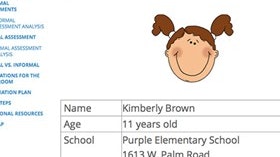Homepage
•
Learning Library
•
Blog
•
Which e-portfolio tool is best for you?
Expand breadcrumbs
Expand breadcrumbs
- Learning Library
- Blog
- Which e-portfolio tool is best for you?
- Homepage
- •
- Learning Library
- •
- Blog
- •
- Which e-portfolio tool is best for you?
Which e-portfolio tool is best for you?
By Lisa Burke
June 10, 2014
